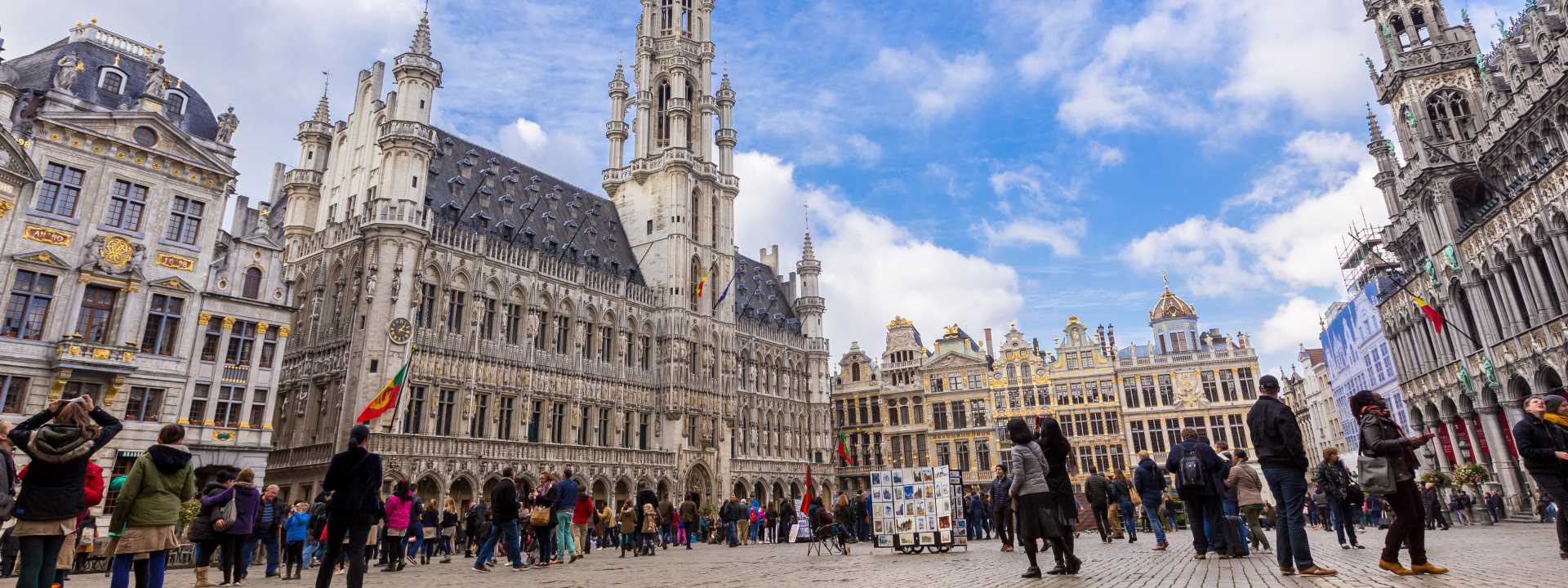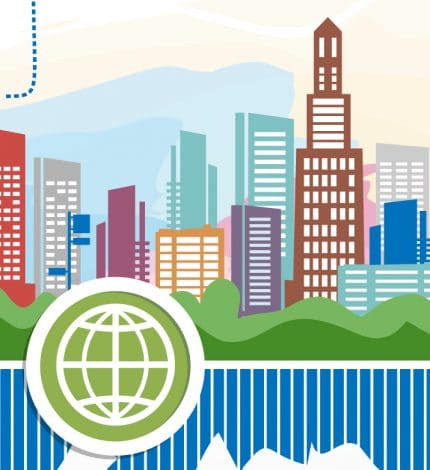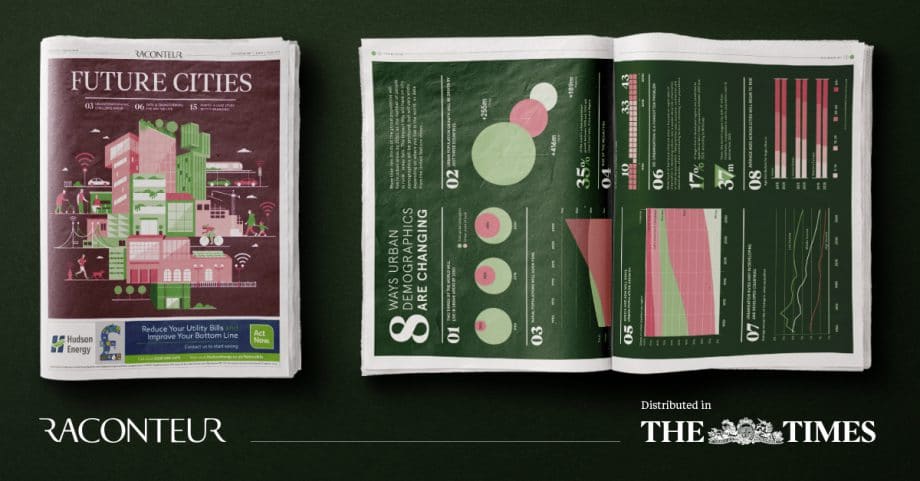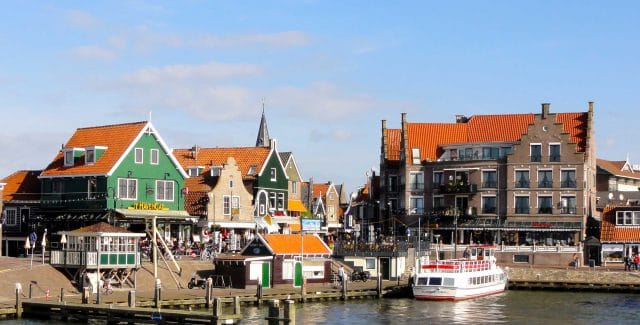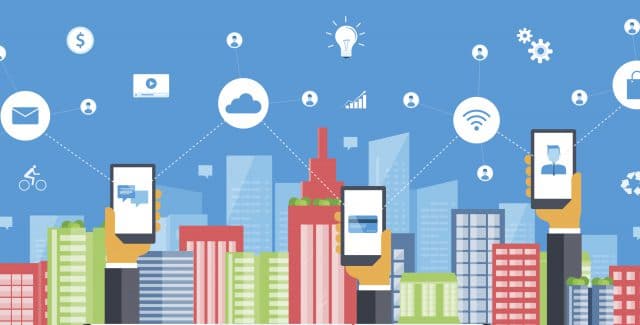1. Las Vegas: live data
Bold, brash and operating 24-hours a day, Las Vegas is a city like no other, attracting millions of visitors a year to its bustling casinos. But as well as hosting 43 million tourists each year, the city is home to almost 650,000 residents who need services including public safety, transportation and utilities. City officials recently turned to smart city data management to ease the pressure.
They used Hitachi’s Smart Spaces and Video Intelligence solution, which is a combination of hardware and software that leverages intelligent video and other internet of things (IoT) data to provide a single view of activity, operations, and safety issues with intelligence for real-time data and analysis, deploying resources more efficiently.
For example, the city can produce heat maps of streets that can indicate if a pothole is likely to develop in a given location and take steps to fix the issue before it starts to damage vehicles. Elsewhere, rubbish collection routes have been reduced from ten hours to four, redeploying employees to help with other services.
2. Seoul: smart waste solutions
With almost ten million people living in Seoul, South Korea’s capital city, waste management has become an area of focus and, as one of the most high-tech cities in the world, it’s no surprise that big data and IoT has become part of the solution.
“Ecube Labs was founded in Seoul when the first smart city projects started to emerge in Korea,” explains Guillaume Weill, project director at Intralink. “The company’s focus is on four main products, which have now been installed in more than 150 locations in Seoul, from parks to department stores, leisure venues and tourist districts.”
These include solar-powered waste bins which compact rubbish, fill-level sensors monitoring the quantity of waste in each bin, a big data platform gathering the information from the bins and a platform that automatically refines manual collection routes based on machine-learning algorithms, bringing huge cost-savings and a cleaner city.
3. Amsterdam: 3D-printed smart bridge
With its network of canals, Amsterdam has more bridges than almost any other city in the world, around 1,800 in total. But what if smart city data management meant those bridges could talk to other infrastructure to optimise travel around the city? The MX3D bridge is the world’s first 3D-printed steel bridge designed by Joris Laarman Lab in collaboration with Arup and supported by Autodesk and other partners.
Dutch firm MX3D is using industrial six-axis robots, proprietary software and welding machines that deposit stainless steel from thin, molten wire to build the 40-foot-long smart pedestrian bridge spanning the Oudezijds Achterburgwal, one of the oldest canals in Amsterdam.
Equipped with sensors, the bridge streams data to the cloud where it is then processed and interpreted to visualise intelligence about bridge traffic, structural integrity, and the surrounding neighbourhood and environment. The bridge can send alerts when it needs maintenance and can even talk to roadways to time the lights better to reduce congestion at busy times.
